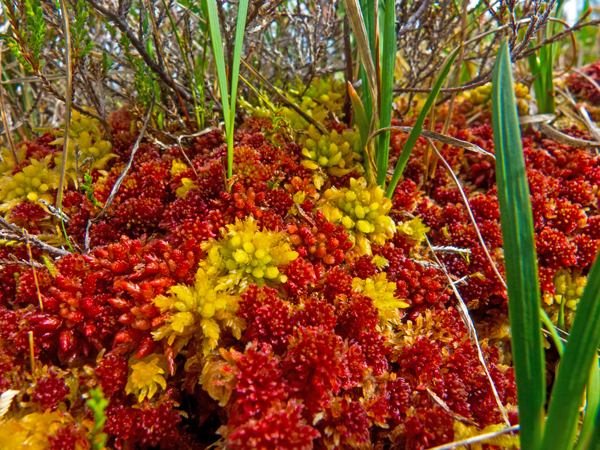Unlike forests, peatlands are generally invisible. Indeed some peatlands have forests on them, but still we tend only to see the trees. This is because the defining feature of a peatland – namely the presence of a peat soil – lies invisibly beneath the surface vegetation.  Peatlands are consequently, and constantly, overlooked in terms of their place within the landscape and in terms of the vital role that they play within the global ecosystem. Forests, meanwhile, feature prominently in many environmental campaigns and in many of the major international environmental treaties, often having a section in such treaties devoted specifically to forests and forest management. While not diminishing the importance of forests, an increasing body of evidence about the world’s peatland ecosystems is accumulating to show that these frequently-overlooked and often mis-identified habitats represent one of the giants of the Earth’s natural systems.
Peatlands are consequently, and constantly, overlooked in terms of their place within the landscape and in terms of the vital role that they play within the global ecosystem. Forests, meanwhile, feature prominently in many environmental campaigns and in many of the major international environmental treaties, often having a section in such treaties devoted specifically to forests and forest management. While not diminishing the importance of forests, an increasing body of evidence about the world’s peatland ecosystems is accumulating to show that these frequently-overlooked and often mis-identified habitats represent one of the giants of the Earth’s natural systems.
Consequently on 1st September 2016 the IUCN World Conservation Congress in Hawai’i recognised that, in terms of the global ecosystem and priorities for international environmental action, the world’s peatlands are as important as forests – indeed in some ways possibly more so. The IUCN WCC agreed the Motion ‘Securing the future for global peatlands‘ which recognises that [known] peatlands cover 3% of the Earth’s land surface yet contain more carbon than all the world’s vegetation combined (including forests), but that because peatlands are not valued for the ecosystem services they provide in their natural state, they are being destroyed at an ever-increasing rate. The resulting emissions of carbon from these damaged peatlands (2 gigatonnes per year) are equivalent to the emissions of all annual air travel. The IUCN UK Peatland Programme successfully promoted and guided this Motion through the WCC event, supplementing it with a well-attended peatland workshop.
These are exciting times for peatlands, with such high-level recognition for peatlands on the global stage, while the International Mire Conservation Group’s (IMCG) book about the status of peatlands across the whole of Europe is due to be published early next year, as is a major reference book-set from Springer about wetlands, incorporating many peatland topics. Meanwhile in the UK there is the million-hectare peatland restoration challenge, and in France, for example, Pôle-relais tourbières highlights an ever-increasing range of peatland conservation activities across that nation.
These are times of great challenge too, however, because much previous and existing damage to this habitat occurred un-remarked, un-noticed and even un-recognised. This can no longer be the case. The IUCN WCC Motion makes it clear that such damage, or such potential damage, should now go remarked, noticed, recognised and acted upon. This will require news ways of thinking about land use in relation to peatlands, new approaches to the economics of peatlands, and new partnerships forged to undertake the restoration and sustainable management of peatlands…

Skip to content
Richard Lindsay: Environment Arts and Letters
Environmental advice, photography, informed writing and fine art
